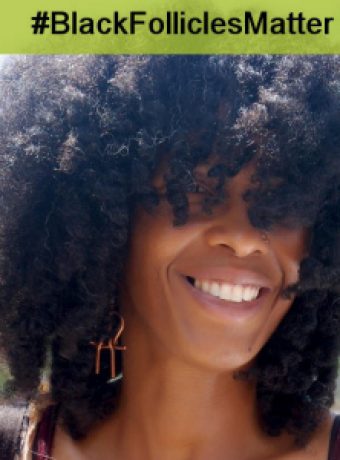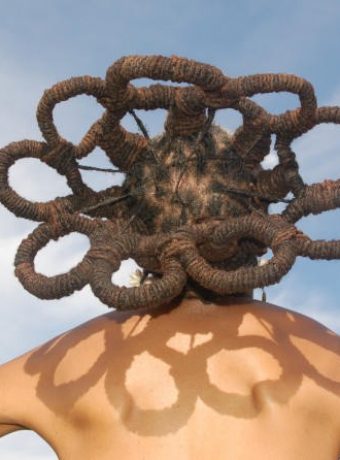admin@natural Exhibitions, Bad Hair Uprooted Locs Styles, Natural hair photo exhibition, loss, hair, bad, exhibition, uprooted, BAD Hair Uprooted, picturing, Natural Hairstyles Exhibition 0
Next year I have another opportunity to do an exhibition and I am elated! This time, I am aiming to go even more in-depth picturing the long time elephant in the room: Hair Loss!

Scroll down for the Video
I choose this subject because I think it’s crucial to address the disproportional hair loss in the Black community if we are serious about making strides when it comes to our follicles.
73% of African American women suffer from relaxer induced alopecia; that is hair breakage, split ends, dryness and scalp issues, caused by relaxers*. The weaves, extensions and tight braids, that were initially used to camouflage the damage, only made things worse. Keratin treatments didn’t bring a solution either and most of us feel ashamed about hair loss.
But how did it get this far? Why are we ashamed and what are we ashamed of?
Isn’t this a direct consequence of the fact that Black people are the only people on planet earth who don’t have the fundamental human right to wear their god-given tresses natural? Do we have equal hair rights? Don’t Black follicles matter? The time to address these issues is now!
So once again, I am shooting for justice aiming to change perceptions one shot at the time and I need your help. Please support me by sharing your story.
Starting with Isabella Broekhuizen (see The story behind the Mutilated Scalp Video) who suffered the worst case of a relaxer gone wrong, yet had the courage to tell her story, I call on many more of you to join me in telling our story.
If you are interested in taking part in my next exhibition, please send your photos, clips and information to info at going-natural dot com. If you like to help another way, please share this with your friends, family and on your social networks. I am thankful for every comment, share and email.
* SourceRelaxers can cause African Amerian Hair Loss – Skin & Allergy News September 1, 2001





